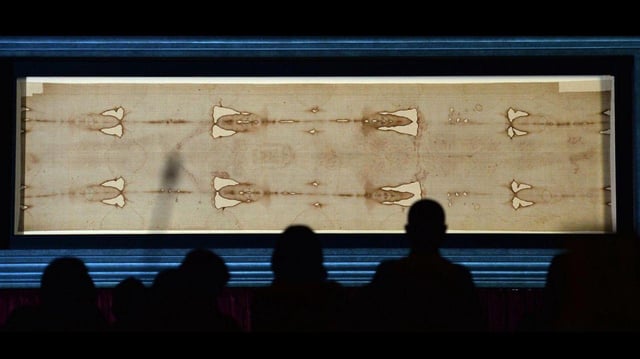Overview
- Moraes employed state-of-the-art 3D modeling to compare scenarios of linen draped over a human body versus a bassorilievo sculpture and observed a near-perfect match in the relief case.
- The relief matrix hypothesized by the study could have been made of wood, stone or metal and selectively pigmented or heated at contact points to produce the image.
- Published in the journal Archaeometry under the aegis of Wiley, Oxford University and the Research Laboratory for Archaeology and the History of Art, the research underwent full peer review.
- The new findings bolster the 1989 radiocarbon dating that places the Shroud’s creation between 1260 and 1390 AD and confirm its medieval artisanal origins.
- Andrea Nicolotti of the University of Turin concurs with the technical assessment but emphasizes that the result aligns with long-standing academic consensus rather than overturning it.


